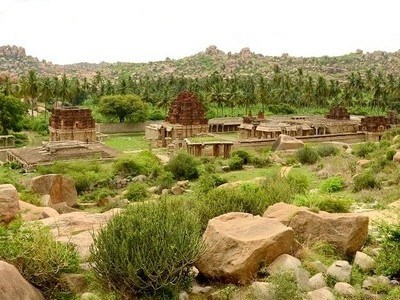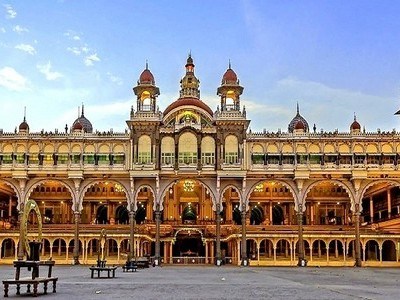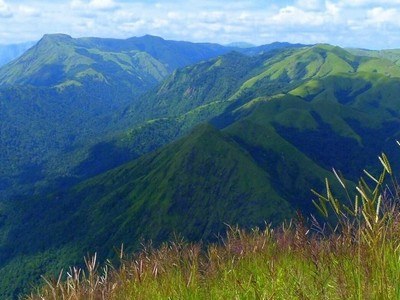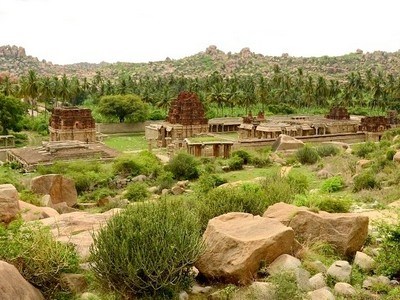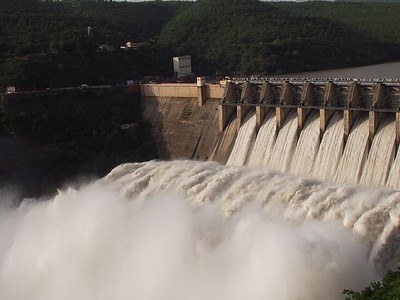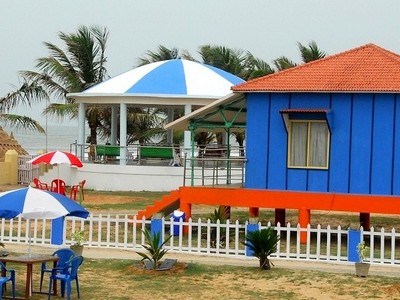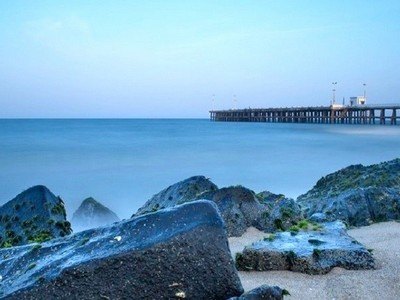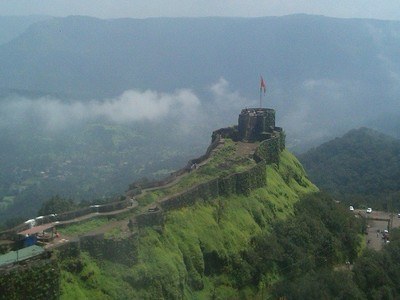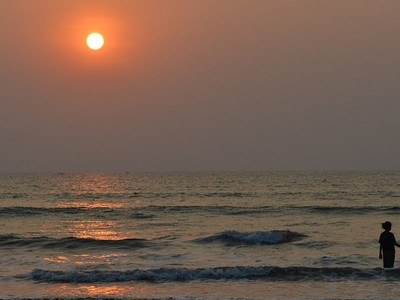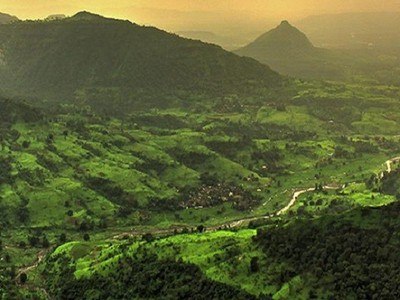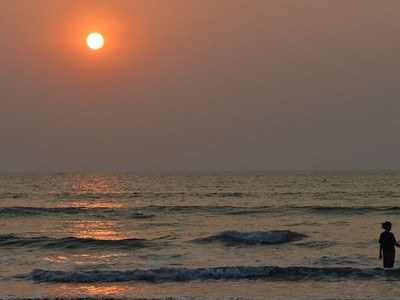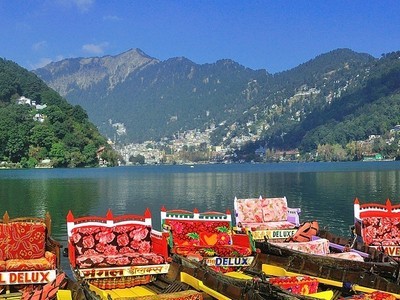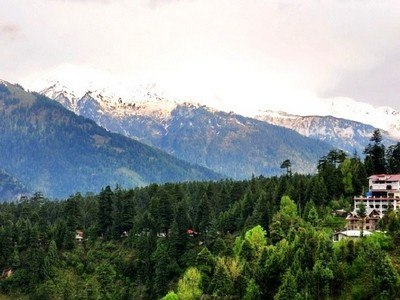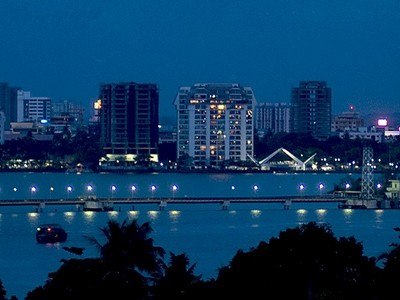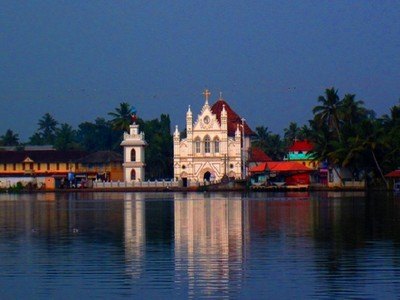About Melukote
At a distance of 50 km from Mysore and 133 km from Bangalore, Melkote, or Melukote is a historical town located in the Mandya district of Karnataka. Also known as Thirunarayanapuram, it is one of the popular
pilgrimage sites in Karnataka, and among the best places to visit as part of
Mysore tour.
The town is built on rocky hills known as Yadavagiri or Yadugiri overlooking the Cauvery valley. The town derives its name from two words, Melu means top and Kote means fort. There are two popular temples reside in this town, one is Cheluvanarayana Swamy Temple and the other one is Yoga Narasimha Swamy Temple. Many more shrines and ponds are located in the town. Melukote is home to the academy of Sanskrit Research, which has collected thousands of Vedic and Sanskrit manuscripts.
History of Melukote
According to the history, the great Vaishnava saint Sri Ramanujacharya lived here for about 14 years in the 12th century AD and thus it became a prominent center of the Srivaishnava sect of Brahmins. The Cheluvanarayana Swamy Temple is dedicated to Lord Vishnu, also known as Thirunarayana or Cheluvaraya, who was installed by Lord Krishna. The utsavamurthy, or procession idol, of the deity is referred to as Cheluvapille Raya, with its original name believed to be Ramapriya. This idol was lost during the invasion of the Moghuls but was later ...
...read more




